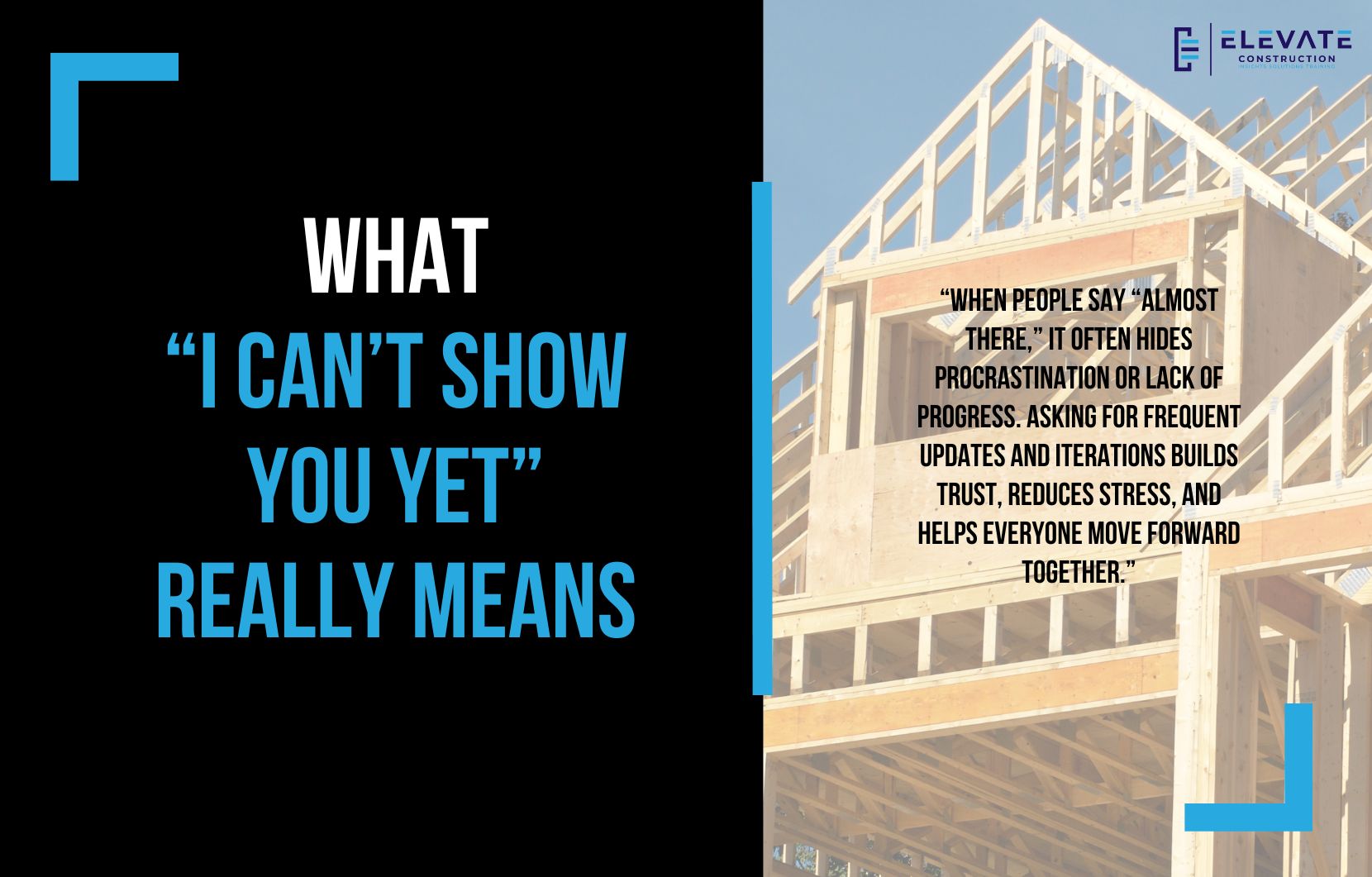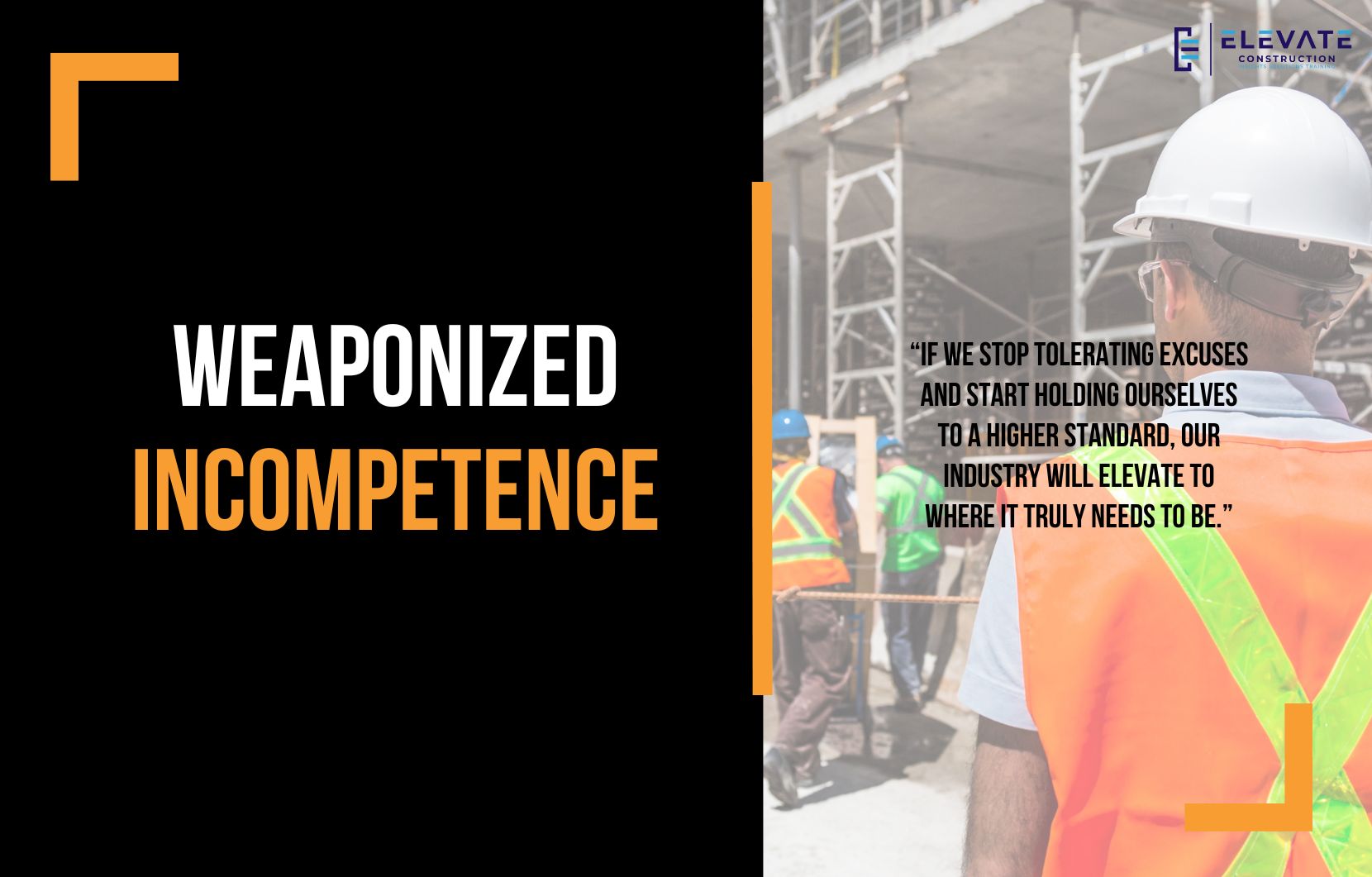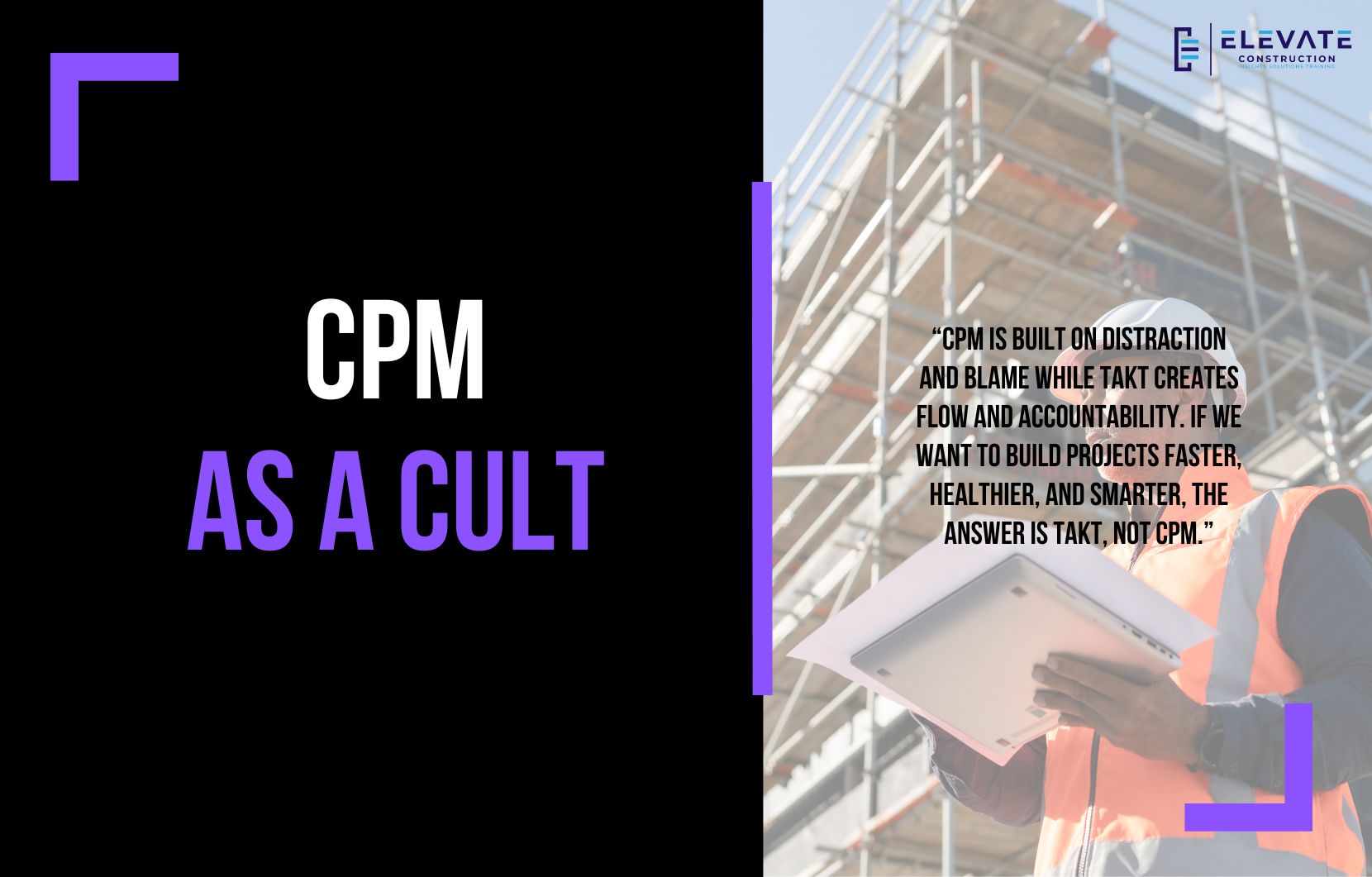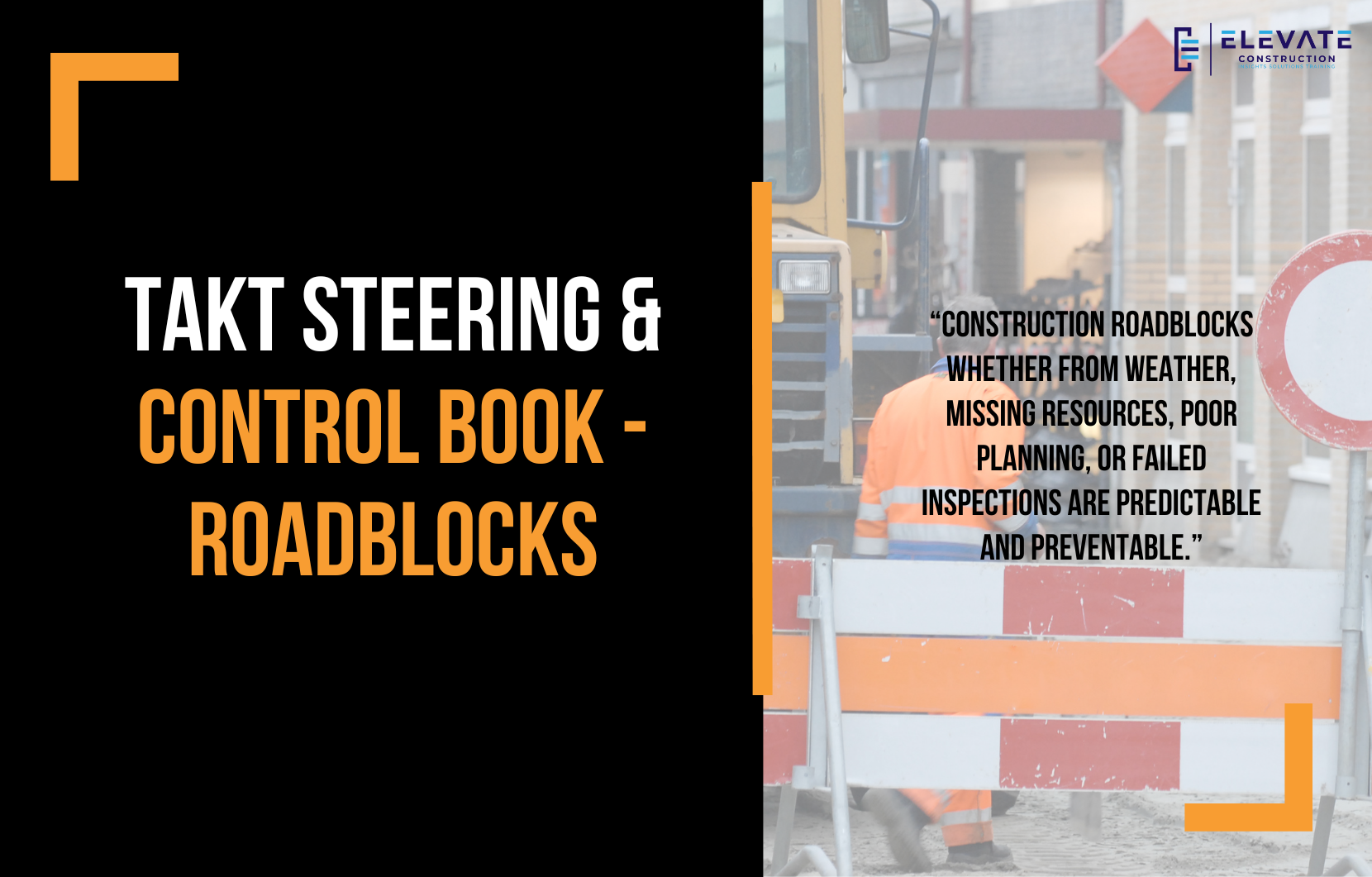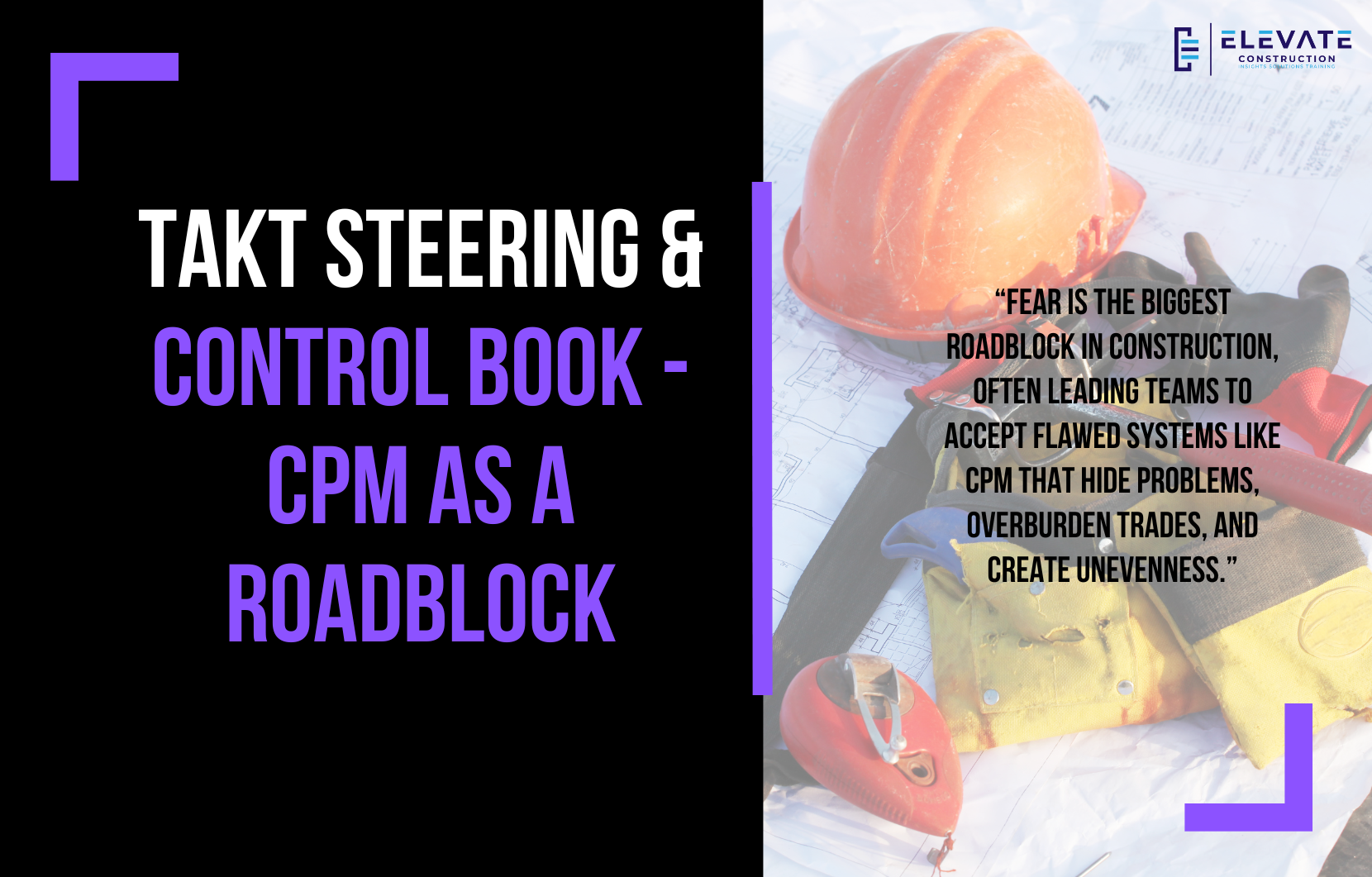Breaking the Habit of “Almost There”
I want to talk about a habit that I see all too often in the workplace. It might seem harmless, but it can quietly damage productivity, teamwork, and trust. I hear it from people who are genuinely good and capable, but who fall into the trap of saying things like, “I’m almost there” or “I’ll show it to you next week when it’s ready.” At first glance, it feels like progress, but more often than not, it signals procrastination or distraction rather than actual movement forward.
Why “Almost There” is Problematic
When someone says they are almost done but are not ready to show progress, it usually means nothing is actually happening. It can be an unintentional way of hiding procrastination or poor organization. The person may be overwhelmed, distracted, or simply not energized by the task. And instead of admitting they have not made progress, they mask it with phrases that buy them time.
The problem is that this creates a disconnect. The team thinks work is moving forward, but in reality deadlines are slipping and opportunities to adjust course early are being missed. Over time, this creates stress for the individual and frustration for the team.
The Power of Iterations
The answer is simple and powerful. Iterations early and often. I want to see progress in small steps. Even small updates, early drafts, or partial completions are better than silence. When progress is shown regularly, several things happen.
First, procrastination is exposed and addressed. Second, the person working on the task builds momentum and gains small wins that fuel motivation. Third, it becomes easier for the team to step in and provide support where needed. Finally, it allows us to work in smaller pieces, reduce context switching, and create real flow.
This is not micromanagement. It is not about telling people how to do their job. It is about checking in on the what so that the how can be improved together. Just like a Starbucks barista follows a recipe or a pilot completes preflight checks, professionals in any field must follow their process. That is not control, that is alignment.
Supporting Different Needs
This approach also creates an environment of support for those who struggle with focus or organization, including people with ADHD. Breaking big overwhelming tasks into smaller achievable steps can make a huge difference. By checking in more frequently, we give them a chance to win instead of stress. It helps them channel their energy in ways that lead to completion rather than burnout.
In the end, saying “almost there” is usually a signal that someone is stuck. By shifting to transparency, frequent updates, and iterative progress, we create accountability, trust, and momentum. This is how we support individuals while also strengthening the team.
Key Takeaway
When people say “almost there,” it often hides procrastination or lack of progress. Asking for frequent updates and iterations builds trust, reduces stress, and helps everyone move forward together.
If you want to learn more we have:
-Takt Virtual Training: (Click here)
-Check out our YouTube channel for more info: (Click here)
-Listen to the Elevate Construction podcast: (Click here)
-Check out our training programs and certifications: (Click here)
-The Takt Book: (Click here)
Discover Jason’s Expertise:
Meet Jason Schroeder, the driving force behind Elevate Construction IST. As the company’s owner and principal consultant, he’s dedicated to taking construction to new heights. With a wealth of industry experience, he’s crafted the Field Engineer Boot Camp and Superintendent Boot Camp – intensive training programs engineered to cultivate top-tier leaders capable of steering their teams towards success. Jason’s vision? To expand his training initiatives across the nation, empowering construction firms to soar to unprecedented levels of excellence.
On we go

